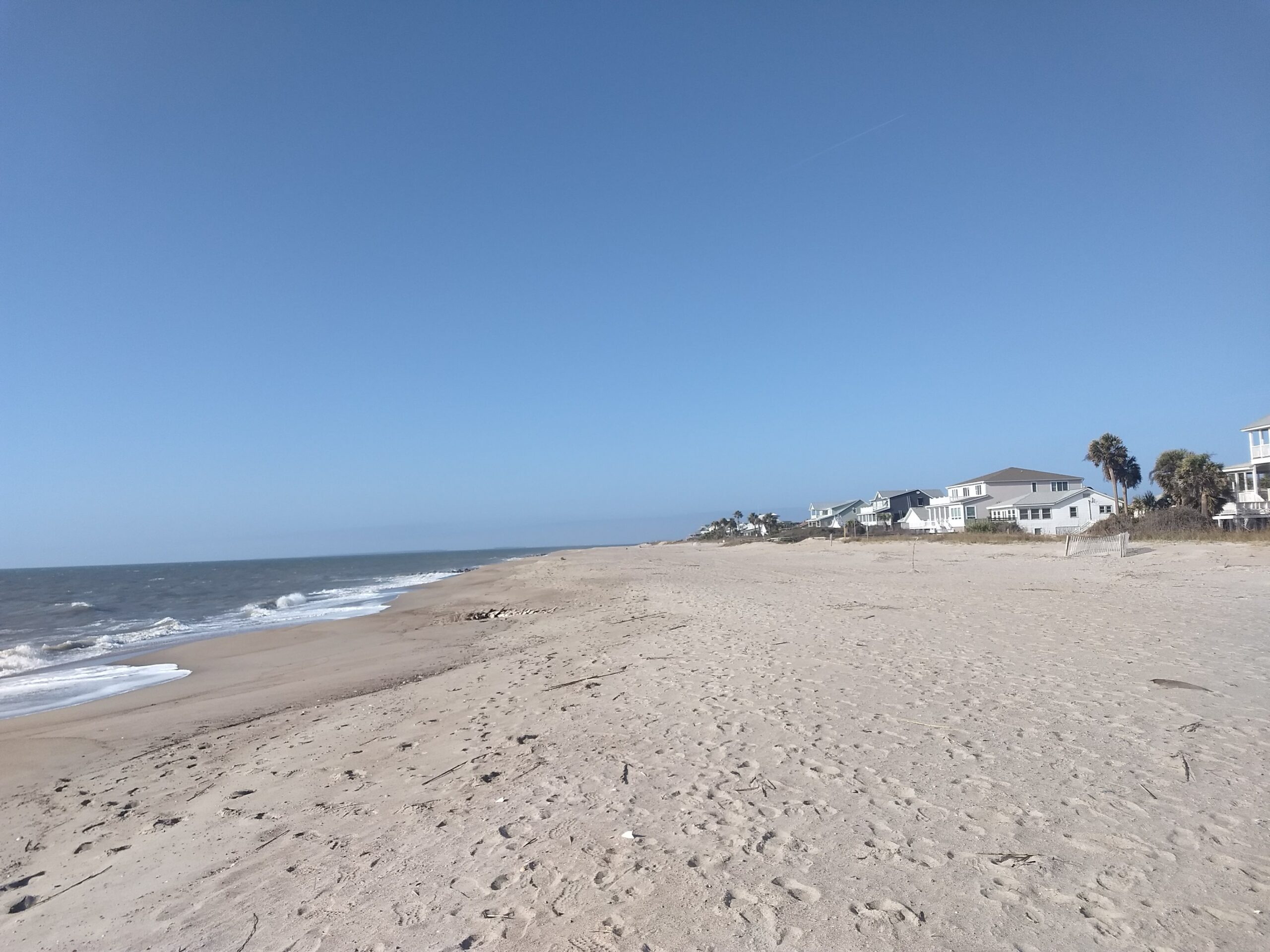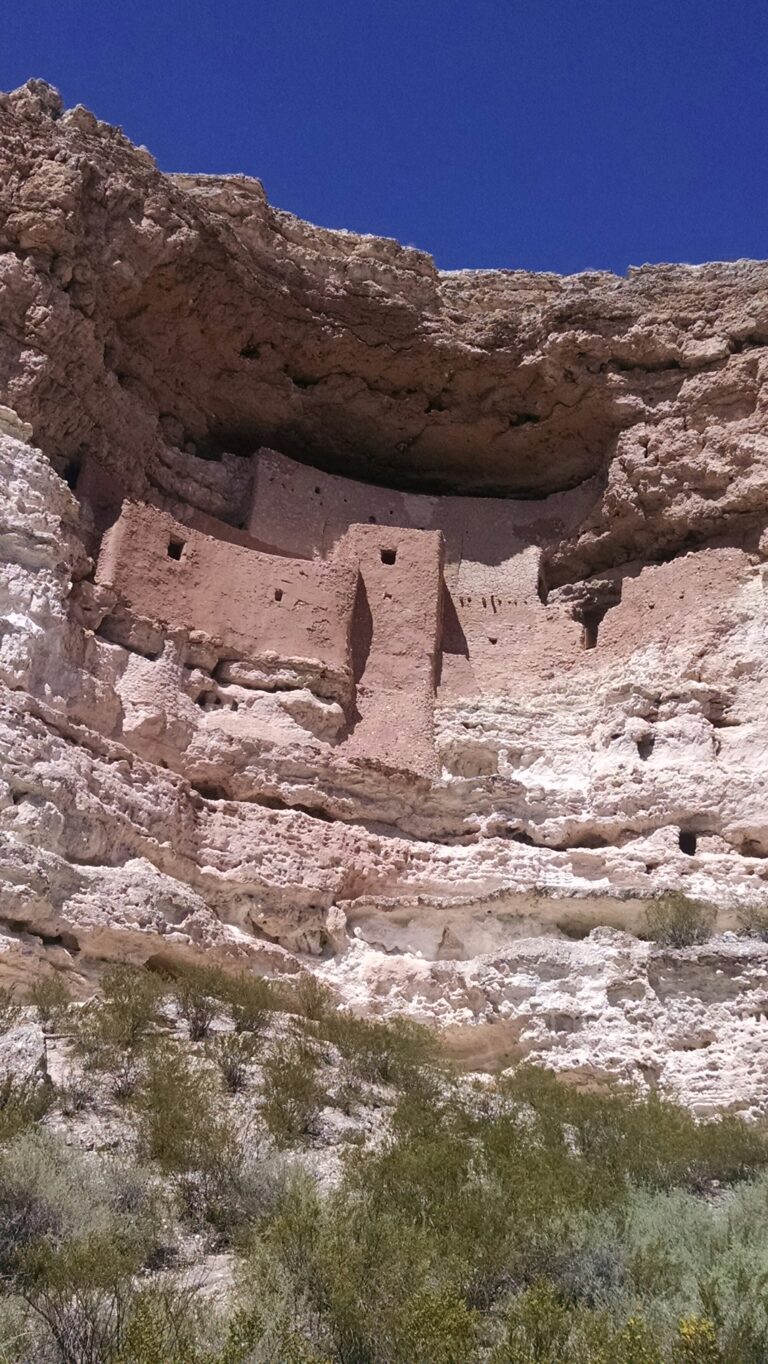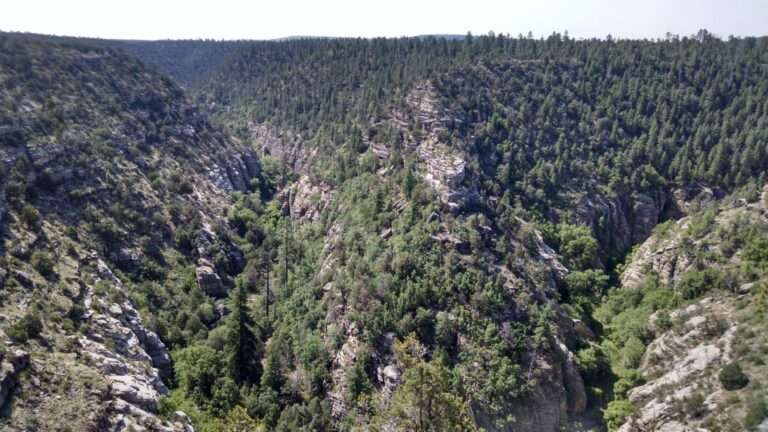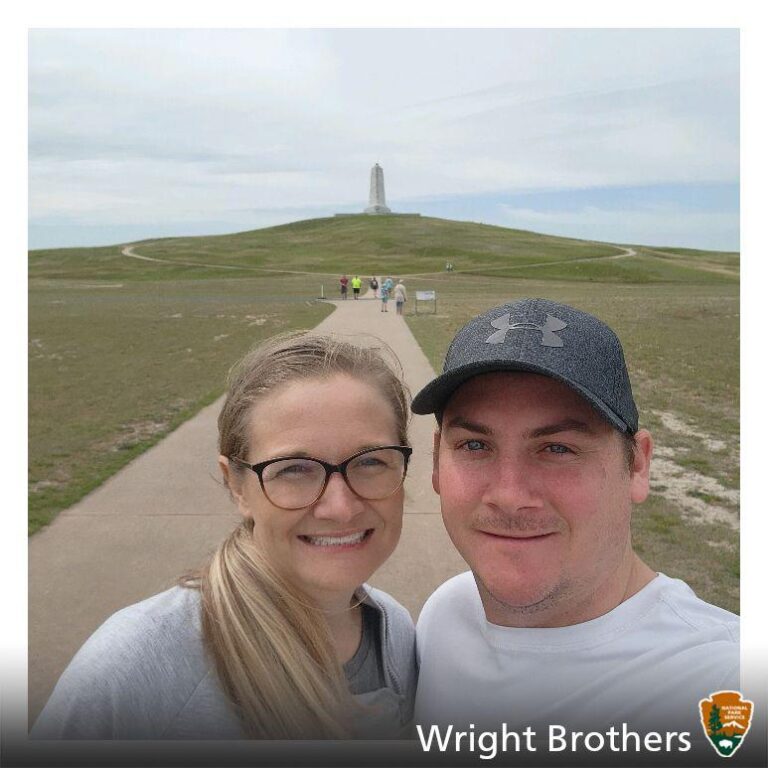Edisto has a long and historic history. The Edistow Indians were the first ones on Edisto. They grew crops and harvested seafood until the 1700s due to displacement and diseases. In the 1600s, English Lord Proprietors purchased land (Edisto and surrounding areas) from the Indians for growing rice. Since the 1700’s Edisto has changed a great deal, but there is still many reminders of the past. We have many historic churches, plantations, roads and other interesting points of interest. This makes Edisto a very interesting place to visit and live. Which we are one of the lucky who get to live here.
Below is some history of different historical places around the island. Feel free to check the public ones out while visiting or take a tour that includes a visit to a couple of the private plantations!
Churches:

The Presbyterian Church on Edisto Island contains the oldest congregation – founded in 1685. The church was built in 1710 and was the first church on Edisto. However, the current sanctuary was built in 1830. The church and manse are listed on the National Register of Historic Places. It is also where one of the most popular pieces of island lore is located – Julia Legare (the girl who was buried alive). Julia Legare became very ill with diphtheria and fell into a coma. She was pronounced deceased so her the family buried her in the family mausoleum in the PCEI graveyard. Later the family went to put flowers on the site and the door was open slightly so they closed the door. Every time they went back the door was opened. So, finally; they took the door down and it remains off today. She was buried alive and her spirit kept trying to get out. You can visit the graveyard and mausoleum while on Edisto, but please be respectful as some of the older graves are in rough shape. Please do not walk the graveyard while church is going on :). The church website has a ton of information available to read.
Trinity Church (formally Trinity Episcopal church) was built in 1774. Nothing is known about the first building, but the second building was built in 1841. It was then burned on February 28th, 1876 and was rebuilt in 1880 much smaller. The inside is gorgeous today.
The Old First Baptist Church was built in 1818 by Hephzibah Jenkins Townsend (a plantation owner’s wife). In order to raise money to build the church, she (along with her beloved servant) baked and sold breads and cakes along the streets in Charleston. Everyone, including her husband, thought this was very “unlady like”, but she didn’t care. (Hephzibah’s ovens are on the annual Edisto and Beyond Historical Tour in 2023!) She wanted to build this church because she did not want to be Presbyterian or Episcopalian (the only two options at the time). After the Civil War, she willed the church to “her people”. The church building has a tabby foundation, which is super cool to see up close.
Plantations and Traveling:
The early settlers owned large land masses called plantations. They built plantation houses starting in the early 1700s. Back then the only way to travel was by boat, so these plantation homes always faced the water. In 1714 the Kings Highway was built. It was a one-line dirt road for mules and carts to travel around the island. It was the only road around the island. Wescott road is the only part of the Old Kings highway remaining today on Edisto. It is part of the original highway commission by the king of England to be built in the 13 colonies. It was named for the plantation Wescott which existed on this part of the road. However, there was no bridge at that time to get off the island so you had to travel by boat to get into Charleston. The first drawbridge was built connecting the island to the mainland in 1923. A second one replaced it in the 1950s. In 1939, the highway was paved and straightened. In 1993, a large, much taller bridge was built (today’s McKinley Washington Bridge – “the bridge”).
Paul Grimball was the first English man to build on Edisto (Point of Pines). He built his house in 1674, while the family was in Charleston attending to business Spanish pirates raided and burned the house. The tabby foundation remains on the banks of the North Edisto River, which you can see by boat today. In 2013 the Smithsonian dismantled one of the remaining slave cabins and transported it to Washington, DC. It can be viewed at the National Museum of African American History and Culture.
Brick House was built in 1717 by Paul Hamilton on Russell Creek. He built the house from bricks brought from Boston. The house was accidentally burned in 1929. The brick walls only remain today, but it still reminds people of this once beautiful and gracious life. It was once the oldest house on Edisto. Two orange trees grow near the ruins of it today and is owned by the Jenkins family. Brick House is on the annual Edisto and Beyond Historical Tour in 2023!
Prospect Hill, located on the South Edisto River, was built in 1790 by Ephraim Maynard. It is built on a man-made hill. Prospect Hill is located on Laurel Hill road and is privately owned. It is said that there are many ghosts on the site, but I’ve never seen one. Despite this, it is one of my favorite plantation views on Edisto.
Middleton Plantation was built in the late 1700s on Store Creek. It was called Chisholm House originally, but the name was changed when I Chisholm lady married a Middleton man from Charleston. After the Civil War, three missionaries from New England lived there for a short time. They were returning from a Christmas party when their boat overturned and they drowned. They are buried in the Presbyterian Church on Edisto Island graveyard with their headstones facing away from the “despised Southerners”.

The Seabrook house (also known as Dodge) was built around 1810 by William Seabrook on Steamboat Landing Creek. It was designed by the architect James Hoban, who also designed the White House. In 1825, General Lafayette visited Edisto and this house was the center of entertainment for him. During his visit he was asked to name an infant Seabrook daughter. He named her Carolina Lafayette Seabrook, Carolina for the new state and Lafayette for himself. The house was on the annual Edisto and Beyond Historical Tour in 2022 and I got to tour it (so pretty!).
Windsor was built sometime between 1847 and 1857 by Edward Whaley for his son as a wedding gift on Russell Creek. The union soldiers lived in the house during the Civil War and drew pictures and signed their names on the walls. This was the last place where Sea Island Cotton was grown on Edisto.
Cassina Point Plantation located on the North Edisto River was built in 1847. It’s named after the cassina bush (used to make tea!) The current owners used the plantation as a bed and breakfast in the early 1990’s and today it can be rented for special events (like weddings). You may also recognize Cassina Point as Savannah’s house in “Dear John”.
There are many other plantations around Edisto. Frank Calhoun’s house in “the Notebook” is Sunnyside Plantation. When passing Sunnyside in the boat on Store Creek, you can see the old cotton gin ruins.
Farming on the island:
In the beginning people planted rice, but high tides made salt water come into the fields and kill the rice often. However, Edisto was known in the 1700s for the record rice exports. After rice failed, the people started planting indigo. Eliza Lucas’ father who lived in the West Indies gave her indigo to try since the climates are similar and she planted the first indigo in Charleston. Since the indigo did so well in Charleston, the people planted it on Edisto. The people sold the indigo to England and it provided wealth for the people. During the Revolutionary War, many owners fled inland and the British destroyed properties. After the Revolutionary War, England stopped buying indigo. The people then started planting Sea Island cotton, as it was superior to all other types and the people became extremely wealthy. This time was known as Edisto’s Golden Age. The boll weevil bug invaded Edisto between the 1890s to 1920s and destroyed the cotton fields. After this, the people became very poor and started planting different kinds of vegetables. Today most farmers on the island grow tomatoes.
Edingsville Beach
Many of the wealthy plantation owners owned beach houses on Edingsville Beach. Edingsville Beach was a small village resort on Edisto. During the summertime the people would stay at their Edingsville Beach house to get off the plantations and away from the mosquitoes and heat. When summer was over they would move back to the plantations to plant and harvest crops. There were around 50 houses at one point! In the late 1800’s a hurricane hit Edingsville and destroyed the village. Erosion finished the job and what was once Edingsville is completely gone.
Edisto
The Old Post Office was once a popular place for Edistonians to meet and catch up on the gossip. It was once a beach house on Edingsville Beach that was built during the Golden Era. The building was floated up Store Creek by barge and placed on the corner of Highway 174 and Point of Pines Road facing the creek. After the road was paved, they turned it around so it would face Highway 174. In the beginning, it was used as a post office and convenience store. The original building is now used as a store and gift shop. They added onto it for a restaurant at some point. Fun fact my great-grandfather was the local postmaster for many years on Edisto.
As you can tell, Edisto is a very historical place. Although it has changed over the years, it is still a beautiful place. Much of Edisto is still the same and the people have a slower, more relaxed life, hence the slogan “Edislow”.
Tours:
There is so much to do on Edisto Island, even though us locals prefer to keep it as our little secret. From farm fresh vegetable stands to restaurants to beaches, all with a rich history.
If you are a history lover, there are two locals who run a tour business on the island. Both will take you to gated, private plantations (grounds only) to see the plantation houses and explain the history. They will also take you to a few historic churches on the island and explain the island’s history along the route.
Dottie with Tours of Edisto can be reached by phone at (843) 869-1984. Make sure to tell her that you read about her on her granddaughter’s blog post!
Marie with Pink Van Tour can be reached by phone at (843) 603-0967 or Facebook (linked here!). Make sure to tell her Cassie sent you!
Both ladies are awesome and I highly recommend them! They have lived 0n this island their entire lives plus their ancestors for centuries.
If you are looking for a boat ride with history and biology mixed, I have heard fantastic things about Botany Bay Ecotours.
There is also an annual tour of the different places in October –Edisto And Beyond Historical Tour. You have to purchase tickets as soon as they are released because they sell out quickly!
While in the area, be sure to check out some trails within the Edisto Island State Park or Dungannon Plantation nearby!




Pingback: Spanish Mount Nature Trail - Edisto Island, SC - Iveys Adventures